Harnessing Machine Learning to Unveil Emotional Responses to Hateful Content on Social Media
Abstract
1. Introduction
2. Related Works
3. Contributions
- Comprehensive Analysis through AI Integration: By fusing the study of online personal attacks and trolling detection, this research employs an AI-driven framework to offer a nuanced understanding of users’ emotional responses to negative online behaviors. This approach allows for a detailed examination of how personal attacks and trolling affect user engagement and emotional well-being.
- Innovative Methodologies for Detecting and Characterizing Trolling: Through the development and application of psycholinguistic models and sentiment analysis algorithms, this study provides new insights into the nature of trolling and its differentiation from other forms of online aggression. It highlights the interactive aspect of trolling and its implications for both human and automated social media accounts, contributing to the development of more effective detection and mitigation strategies.
- Strategic Contributions to Social Media Management and Policy: The findings offer actionable insights for social media platform regulation, the creation of AI tools to detect hateful content, and policy-making aimed at fostering inclusive online communities. Additionally, by addressing the limitations of self-reported data, this research advocates for more accurate measurement techniques, enhancing our understanding of the behavioral impacts of online negativity.
4. Technology Utilized for Personal Attack Detection
5. Social Media Gathered Data
5.1. Study Design and Data Collection
5.2. Initial Data Exploration
5.3. Uncertainty Estimation
5.4. Bayesian Estimation
5.5. Model-Theoretic Analysis
5.6. Addressing Concerns and Limitations
6. Results
7. Discussion
8. Conclusions
Author Contributions
Funding
Institutional Review Board Statement
Data Availability Statement
Acknowledgments
Conflicts of Interest
References
- Valkenburg, P.M.; Peter, J.; Schouten, A.P. Friend networking sites and their relationship to adolescents’ well-being and social self-esteem. CyberPsychol. Behav. 2006, 9, 584–590. [Google Scholar] [CrossRef] [PubMed]
- Beran, T.; Li, Q. Cyber-harassment: A study of a new method for an old behavior. J. Educ. Comput. Res. 2005, 32, 265. [Google Scholar]
- Campbell, D.A.; Lambright, K.T.; Wells, C.J. Looking for friends, fans, and followers? Social media use in public and nonprofit human services. Public Adm. Rev. 2014, 74, 655–663. [Google Scholar] [CrossRef]
- Hinduja, S.; Patchin, J.W. Cyberbullying: An exploratory analysis of factors related to offending and victimization. Deviant Behav. 2008, 29, 129–156. [Google Scholar] [CrossRef]
- Kelly, Y.; Zilanawala, A.; Booker, C.; Sacker, A. Social media use and adolescent mental health: Findings from the UK Millennium Cohort Study. EClinicalMedicine 2018, 6, 59–68. [Google Scholar] [CrossRef] [PubMed]
- Kircaburun, K. Self-Esteem, Daily Internet Use and Social Media Addiction as Predictors of Depression among Turkish Adolescents. J. Educ. Pract. 2016, 7, 64–72. [Google Scholar]
- Kitazawa, M.; Yoshimura, M.; Murata, M.; Sato-Fujimoto, Y.; Hitokoto, H.; Mimura, M.; Tsubota, K.; Kishimoto, T. Associations between problematic Internet use and psychiatric symptoms among university students in Japan. Psychiatry Clin. Neurosci. 2018, 72, 531–539. [Google Scholar] [CrossRef] [PubMed]
- Pyżalski, J.; Poleszak, W. 3.4. Peer violence and cyberbullying prevention programmes. In Prevention in School: Current Situation and Future Prospects for Prevention in Poland; You Have a Chance Foundation: Lublin, Poland, 2019; pp. 186–190. [Google Scholar]
- Culpepper, M. Exploring the relationships of social media usage and symptoms of anxiety and depression in adolescents. 2020. [Google Scholar]
- Malik, A.; Dhir, A.; Kaur, P.; Johri, A. Correlates of social media fatigue and academic performance decrement: A large cross-sectional study. Inf. Technol. People 2020, 34, 557–580. [Google Scholar] [CrossRef]
- Afful, B.; Akrong, R. WhatsApp and academic performance among undergraduate students in Ghana: Evidence from the University of Cape Coast. J. Educ. Bus. 2020, 95, 288–296. [Google Scholar] [CrossRef]
- Alkhalaf, A.M.; Tekian, A.; Park, Y.S. The impact of WhatsApp use on academic achievement among Saudi medical students. Med. Teach. 2018, 40, S10–S14. [Google Scholar] [CrossRef]
- Yeboah, A.K.; Smith, P. Relationships between minority students online learning experiences and academic performance. Online Learn. 2016, 20. [Google Scholar]
- Saiphoo, A.N.; Halevi, L.D.; Vahedi, Z. Social networking site use and self-esteem: A meta-analytic review. Personal. Individ. Differ. 2020, 153, 109639. [Google Scholar] [CrossRef]
- Pudipeddi, J.S.; Akoglu, L.; Tong, H. User churn in focused question answering sites: Characterizations and prediction. In Proceedings of the 23rd International Conference on World Wide Web, Seoul, Republic of Korea, 7–11 April 2014; pp. 469–474. [Google Scholar]
- Kumar, S.; Hamilton, W.L.; Leskovec, J.; Jurafsky, D. Community interaction and conflict on the web. In Proceedings of the 2018 World Wide Web Conference, Lyon, France, 23–27 April 2018; pp. 933–943. [Google Scholar]
- John, A.; Glendenning, A.C.; Marchant, A.; Montgomery, P.; Stewart, A.; Wood, S.; Lloyd, K.; Hawton, K. Self-harm, suicidal behaviours, and cyberbullying in children and young people: Systematic review. J. Med. Internet Res. 2018, 20, e9044. [Google Scholar] [CrossRef] [PubMed]
- Díaz, Á.; Hecht-Felella, L. Double Standards in Social Media Content Moderation; Brennan Center for Justice at New York University School of Law: New York, NY, USA, 2021; Available online: https://www.brennancenter.org/our-work/research-reports/double-standards-socialmedia-content-moderation (accessed on 15 March 2024).
- Cresci, S. A decade of social bot detection. Commun. ACM 2020, 63, 72–83. [Google Scholar] [CrossRef]
- Ferrara, E.; Varol, O.; Davis, C.; Menczer, F.; Flammini, A. The rise of social bots. Commun. ACM 2016, 59, 96–104. [Google Scholar] [CrossRef]
- Varol, O.; Ferrara, E.; Davis, C.; Menczer, F.; Flammini, A. Online human-bot interactions: Detection, estimation, and characterization. In Proceedings of the International AAAI Conference on Web and Social Media, Montreal, QC, Canada, 15–18 May 2017; Volume 11, pp. 280–289. [Google Scholar]
- Shao, C.; Ciampaglia, G.L.; Varol, O.; Yang, K.C.; Flammini, A.; Menczer, F. The spread of low-credibility content by social bots. Nat. Commun. 2018, 9, 1–9. [Google Scholar] [CrossRef]
- Stella, M.; Ferrara, E.; De Domenico, M. Bots increase exposure to negative and inflammatory content in online social systems. Proc. Natl. Acad. Sci. USA 2018, 115, 12435–12440. [Google Scholar] [CrossRef]
- Luceri, L.; Deb, A.; Giordano, S.; Ferrara, E. Evolution of bot and human behavior during elections. First Monday 2019, 24, 9. [Google Scholar] [CrossRef]
- Al Marouf, A.; Hasan, M.K.; Mahmud, H. Identifying neuroticism from user generated content of social media based on psycholinguistic cues. In Proceedings of the 2019 International Conference on Electrical, Computer and Communication Engineering (ECCE), Cox’s Bazar, Bangladesh, 7–9 February 2019; pp. 1–5. [Google Scholar]
- Uyheng, J.; Moffitt, J.; Carley, K.M. The language and targets of online trolling: A psycholinguistic approach for social cybersecurity. Inf. Process. Manag. 2022, 59, 103012. [Google Scholar] [CrossRef]
- Zannettou, S.; Sirivianos, M.; Blackburn, J.; Kourtellis, N. The web of false information: Rumors, fake news, hoaxes, clickbait, and various other shenanigans. J. Data Inf. Qual. 2019, 11, 1–37. [Google Scholar] [CrossRef]
- Ong, J.C.; Cabañes, J.V. When disinformation studies meets production studies: Social identities and moral justifications in the political trolling industry. Int. J. Commun. 2019, 13, 5771–5790. [Google Scholar]
- Gorwa, R.; Guilbeault, D. Unpacking the social media bot: A typology to guide research and policy. Policy Internet 2020, 12, 225–248. [Google Scholar] [CrossRef]
- Alsmadi, I.; O’Brien, M.J. How many bots in Russian troll tweets? Inf. Process. Manag. 2020, 57, 102303. [Google Scholar] [CrossRef]
- Ferrara, E.; Chang, H.; Chen, E.; Muric, G.; Patel, J. Characterizing social media manipulation in the 2020 US presidential election. First Monday 2020, 25, 11–12. [Google Scholar]
- Carley, K.M. Social cybersecurity: An emerging science. Comput. Math. Organ. Theory 2020, 26, 365–381. [Google Scholar] [CrossRef] [PubMed]
- Addawood, A.; Balakumar, P.; Diesner, J. Categorization and Comparison of Influential Twitter Users and Sources Referenced in Tweets for Two Health-Related Topics. In Proceedings of the Information in Contemporary Society: 14th International Conference, iConference 2019, Washington, DC, USA, 31 March–3 April 2019; pp. 639–646. [Google Scholar]
- Zubiaga, A.; Aker, A.; Bontcheva, K.; Liakata, M.; Procter, R. Detection and resolution of rumours in social media: A survey. ACM Comput. Surv. 2018, 51, 1–36. [Google Scholar] [CrossRef]
- de Rosa, A.S.; Bocci, E.; Bonito, M.; Salvati, M. Twitter as social media arena for polarised social representations about the (im) migration: The controversial discourse in the Italian and international political frame. Migr. Stud. 2021, 9, 1167–1194. [Google Scholar] [CrossRef]
- Rakshitha, K.; Ramalingam, H.M.; Pavithra, M.; Advi, H.D.; Hegde, M. Sentimental analysis of Indian regional languages on social media. Glob. Trans. Proc. 2021, 2, 414–420. [Google Scholar] [CrossRef]
- Morshed, S.A.; Khan, S.S.; Tanvir, R.B.; Nur, S. Impact of COVID-19 pandemic on ride-hailing services based on large-scale Twitter data analysis. J. Urban Manag. 2021, 10, 155–165. [Google Scholar] [CrossRef]
- Shelke, N.; Chaudhury, S.; Chakrabarti, S.; Bangare, S.L.; Yogapriya, G.; Pandey, P. An efficient way of text-based emotion analysis from social media using LRA-DNN. Neurosci. Inform. 2022, 2, 100048. [Google Scholar] [CrossRef]
- Louati, A. A hybridization of deep learning techniques to predict and control traffic disturbances. Artif. Intell. Rev. 2020, 53, 5675–5704. [Google Scholar] [CrossRef]
- Louati, A. Cloud-assisted collaborative estimation for next-generation automobile sensing. Eng. Appl. Artif. Intell. 2023, 126, 106883. [Google Scholar] [CrossRef]
- Louati, A.; Louati, H.; Kariri, E.; Neifar, W.; Hassan, M.K.; Khairi, M.H.; Farahat, M.A.; El-Hoseny, H.M. Sustainable Smart Cities through Multi-Agent Reinforcement Learning-Based Cooperative Autonomous Vehicles. Sustainability 2024, 16, 1779. [Google Scholar] [CrossRef]
- Alghamdi, H.M. nveiling Sentiments: A Comprehensive Analysis of Arabic Hajj-Related Tweets from 2017–2022 Utilizing Advanced AI Models. Big Data Cogn. Comput. 2024, 8, 5. [Google Scholar] [CrossRef]
- Najar, D.; Mesfar, S. Opinion mining and sentiment analysis for Arabic on-line texts: Application on the political domain. Int. J. Speech Technol. 2017, 20, 575–585. [Google Scholar] [CrossRef]
- Sghaier, M.A.; Zrigui, M. Sentiment analysis for Arabic e-commerce websites. In Proceedings of the 2016 International Conference on Engineering & MIS (ICEMIS), Agadir, Morocco, 22–24 September 2016; pp. 1–7. [Google Scholar]
- Mourad, A.; Darwish, K. Subjectivity and sentiment analysis of modern standard Arabic and Arabic microblogs. In Proceedings of the 4th Workshop on Computational Approaches to Subjectivity, Sentiment and Social Media Analysis, Atlanta, GA, USA, 14 June 2013; pp. 55–64. [Google Scholar]
- Alwakid, G.; Osman, T.; Haj, M.E.; Alanazi, S.; Humayun, M.; Sama, N.U. MULDASA: Multifactor Lexical Sentiment Analysis of Social-Media Content in Nonstandard Arabic Social Media. Appl. Sci. 2022, 12, 3806. [Google Scholar] [CrossRef]
- Tartir, S.; Abdul-Nabi, I. Semantic sentiment analysis in Arabic social media. J. King Saud Univ. Comput. Inf. Sci. 2017, 29, 229–233. [Google Scholar] [CrossRef]
- Zhou, M.; Mou, H. Tracking public opinion about online education over COVID-19 in China. Educ. Technol. Res. Dev. 2022, 70, 1083–1104. [Google Scholar] [CrossRef] [PubMed]
- Toçoğlu, M.A.; Onan, A. Sentiment analysis on students’ evaluation of higher educational institutions. In Proceedings of the International Conference on Intelligent and Fuzzy Systems, Istanbul, Turkey, 21–23 July 2020; pp. 1693–1700. [Google Scholar]
- Nikolić, N.; Grljević, O.; Kovačević, A. Aspect-based sentiment analysis of reviews in the domain of higher education. Electron. Libr. 2020, 38, 44–64. [Google Scholar] [CrossRef]
- Mohiudddin, K.; Rasool, A.M.; Mohd, M.S.; Mohammad, R.H. Skill-Centered Assessment in an Academic Course: A Formative Approach to Evaluate Student Performance and Make Continuous Quality Improvements in Pedagogy. Int. J. Emerg. Technol. Learn. 2019, 14, 92. [Google Scholar] [CrossRef]
- Dsouza, D.D.; Deepika, D.P.N.; Machado, E.J.; Adesh, N. Sentimental analysis of student feedback using machine learning techniques. Int. J. Recent Technol. Eng. 2019, 8, 986–991. [Google Scholar]
- Webb, M.E.; Fluck, A.; Magenheim, J.; Malyn-Smith, J.; Waters, J.; Deschênes, M.; Zagami, J. Machine learning for human learners: Opportunities, issues, tensions and threats. Educ. Technol. Res. Dev. 2021, 69, 2109–2130. [Google Scholar] [CrossRef]
- Singh, N.K.; Tomar, D.S.; Sangaiah, A.K. Sentiment analysis: A review and comparative analysis over social media. J. Ambient. Intell. Humaniz. Comput. 2020, 11, 97–117. [Google Scholar] [CrossRef]
- Alrehili, A.; Albalawi, K. Sentiment analysis of customer reviews using ensemble method. In Proceedings of the 2019 International Conference on Computer and Information Sciences (ICCIS), Aljouf, Saudi Arabia, 3–4 April 2019; pp. 1–6. [Google Scholar]
- Al-Smadi, M.; Qawasmeh, O.; Al-Ayyoub, M.; Jararweh, Y.; Gupta, B. Deep Recurrent neural network vs. support vector machine for aspect-based sentiment analysis of Arabic hotels’ reviews. J. Comput. Sci. 2018, 27, 386–393. [Google Scholar] [CrossRef]
- Al-Horaibi, L.; Khan, M.B. Sentiment analysis of Arabic tweets using text mining techniques. In Proceedings of the First International Workshop on Pattern Recognition, Tokyo, Japan, 11–13 May 2016; Volume 10011, pp. 288–292. [Google Scholar]
- Louati, A.; Louati, H.; Kariri, E.; Alaskar, F.; Alotaibi, A. Sentiment Analysis of Arabic Course Reviews of a Saudi University Using Support Vector Machine. Appl. Sci. 2023, 13, 12539. [Google Scholar] [CrossRef]
- Roussel, R.; Rosenzweig, J. Space radiation simulation using blowout plasma wakes at the SAMURAI Lab. Nucl. Instrum. Methods Phys. Res. Sect. A 2017, 865, 71–74. [Google Scholar] [CrossRef]
- Manwani, P.; Ancelin, H.; Majernik, N.; Williams, O.; Sakai, Y.; Fukasawa, A.; Naranjo, B. Simulations for the Space Plasma Experiments at the SAMURAI Lab. In Proceedings of the NAPAC2022, Albuquerque, NM, USA, 7–12 August 2022. [Google Scholar]
- Miškolci, J.; Kováčová, L.; Rigová, E. Countering hate speech on Facebook: The case of the Roma minority in Slovakia. Soc. Sci. Comp. Rev. 2020, 38, 128–146. [Google Scholar] [CrossRef]
- Seering, J.; Wang, T.; Yoon, J.; Kaufman, G. Hidden resilience and adaptive dynamics of the global online hate ecology. Nature 2019, 573, 261–265. [Google Scholar]
- Seering, J.; Wang, T.; Yoon, J.; Kaufman, G. Moderator engagement and community development in the age of algorithms. N. Media Soc. 2019, 21, 71–74. [Google Scholar] [CrossRef]





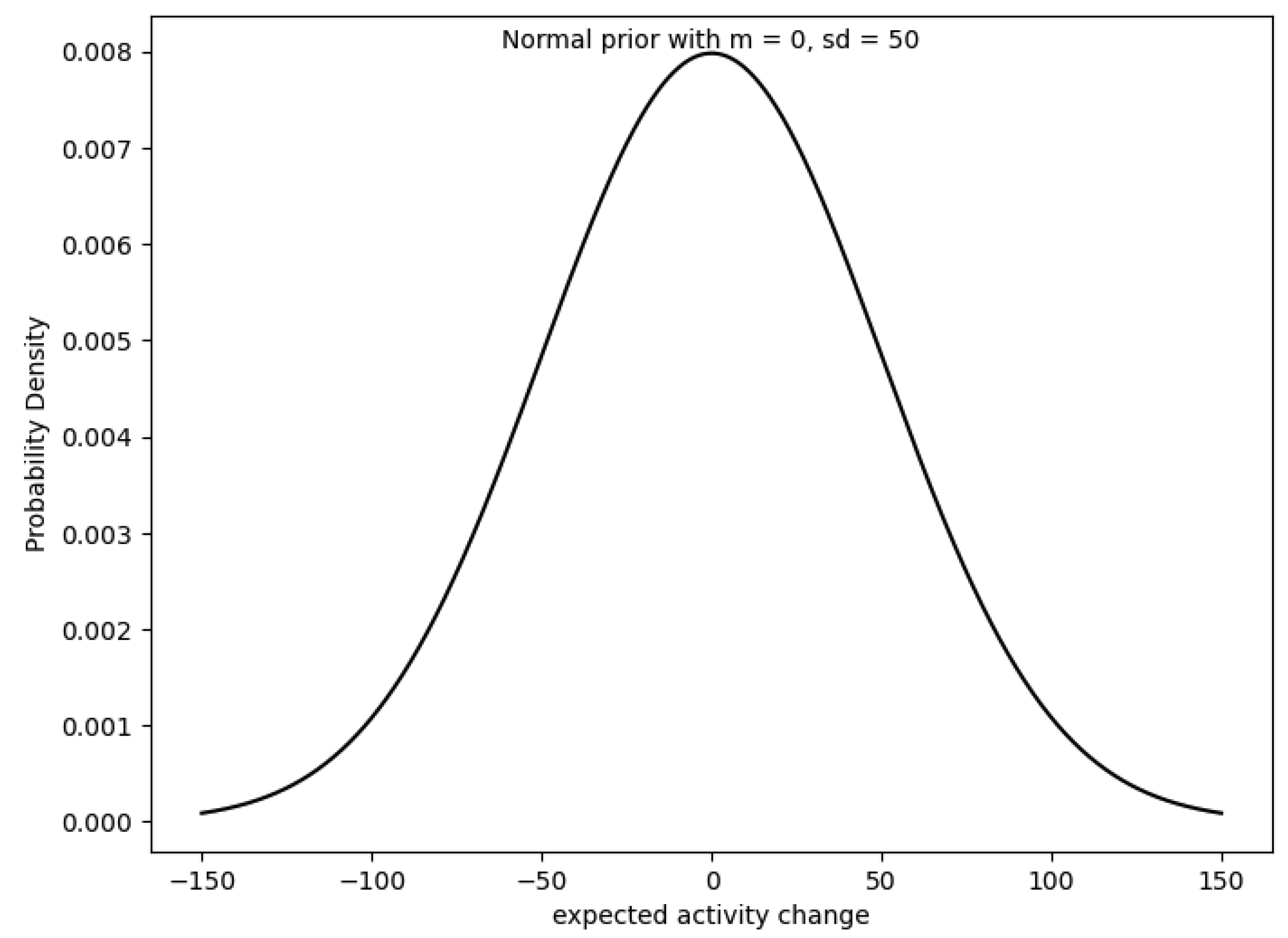
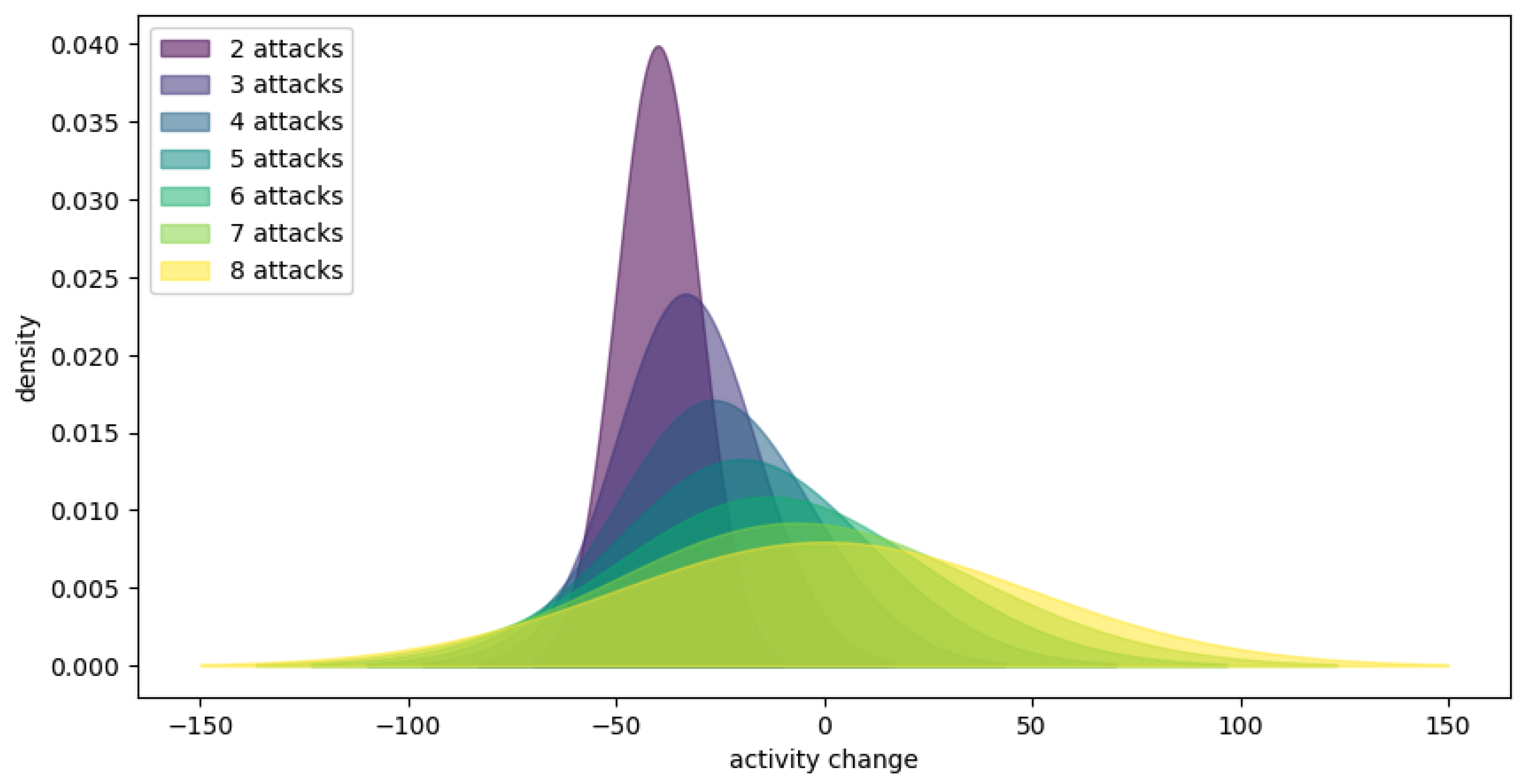
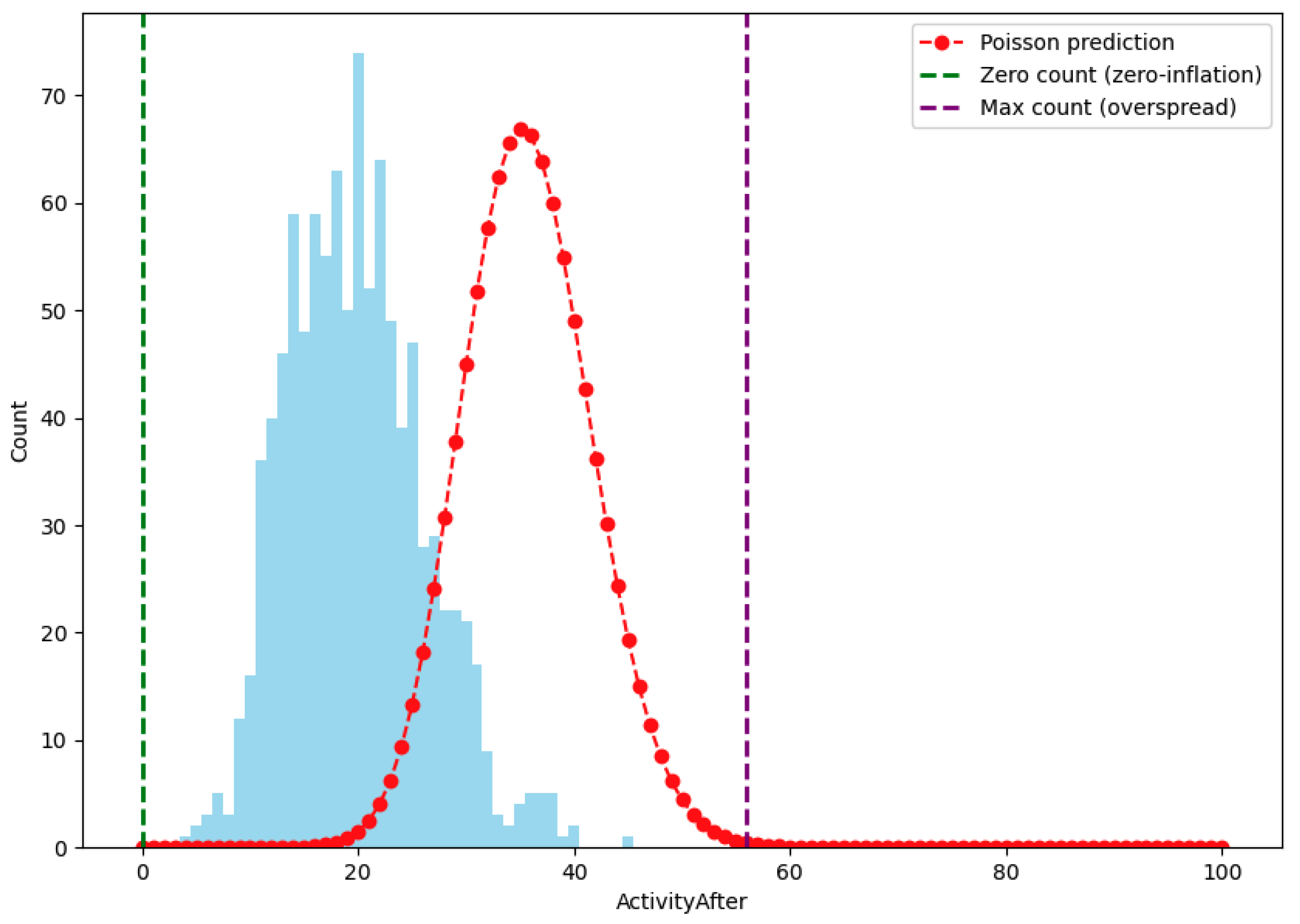
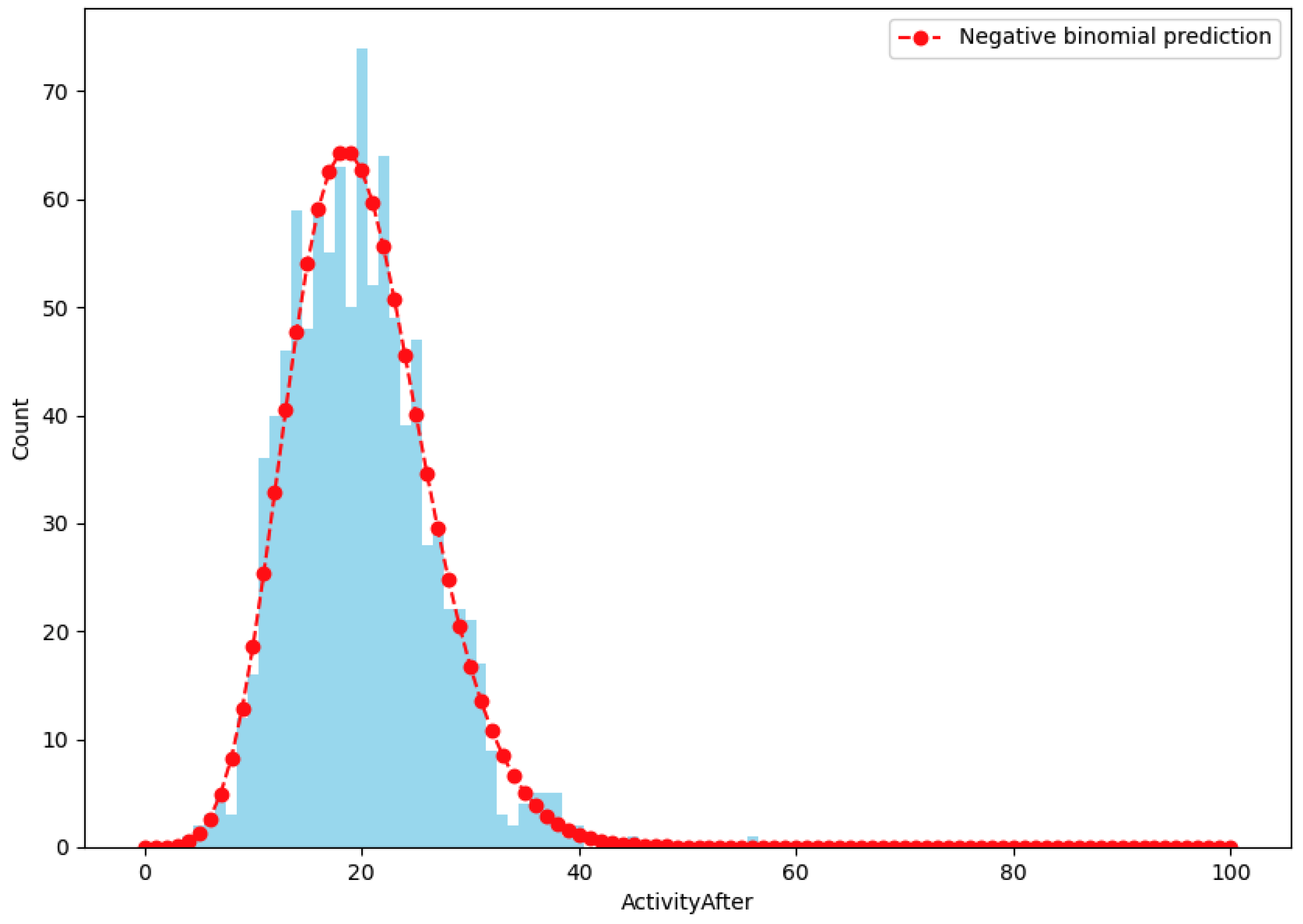
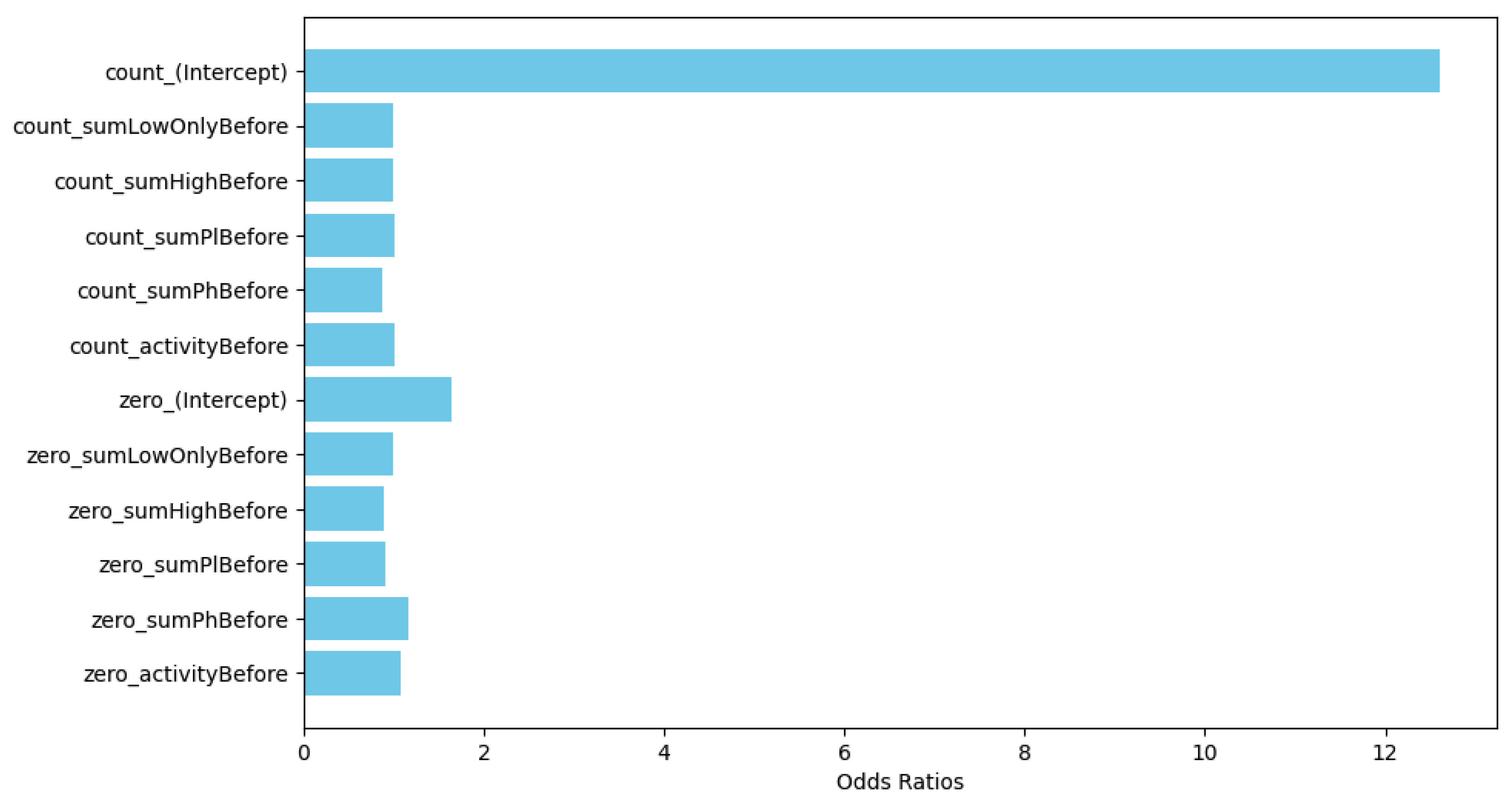

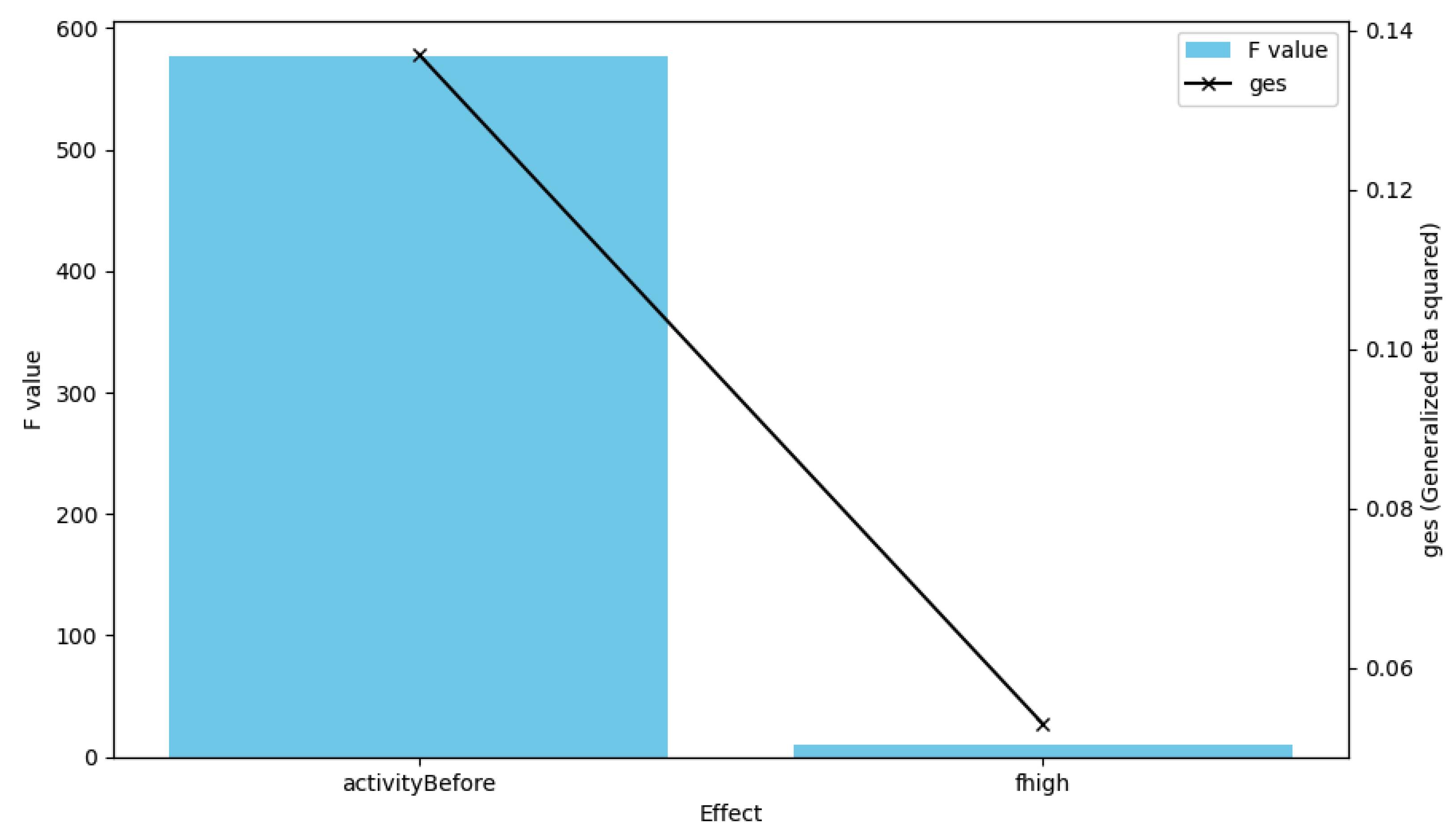

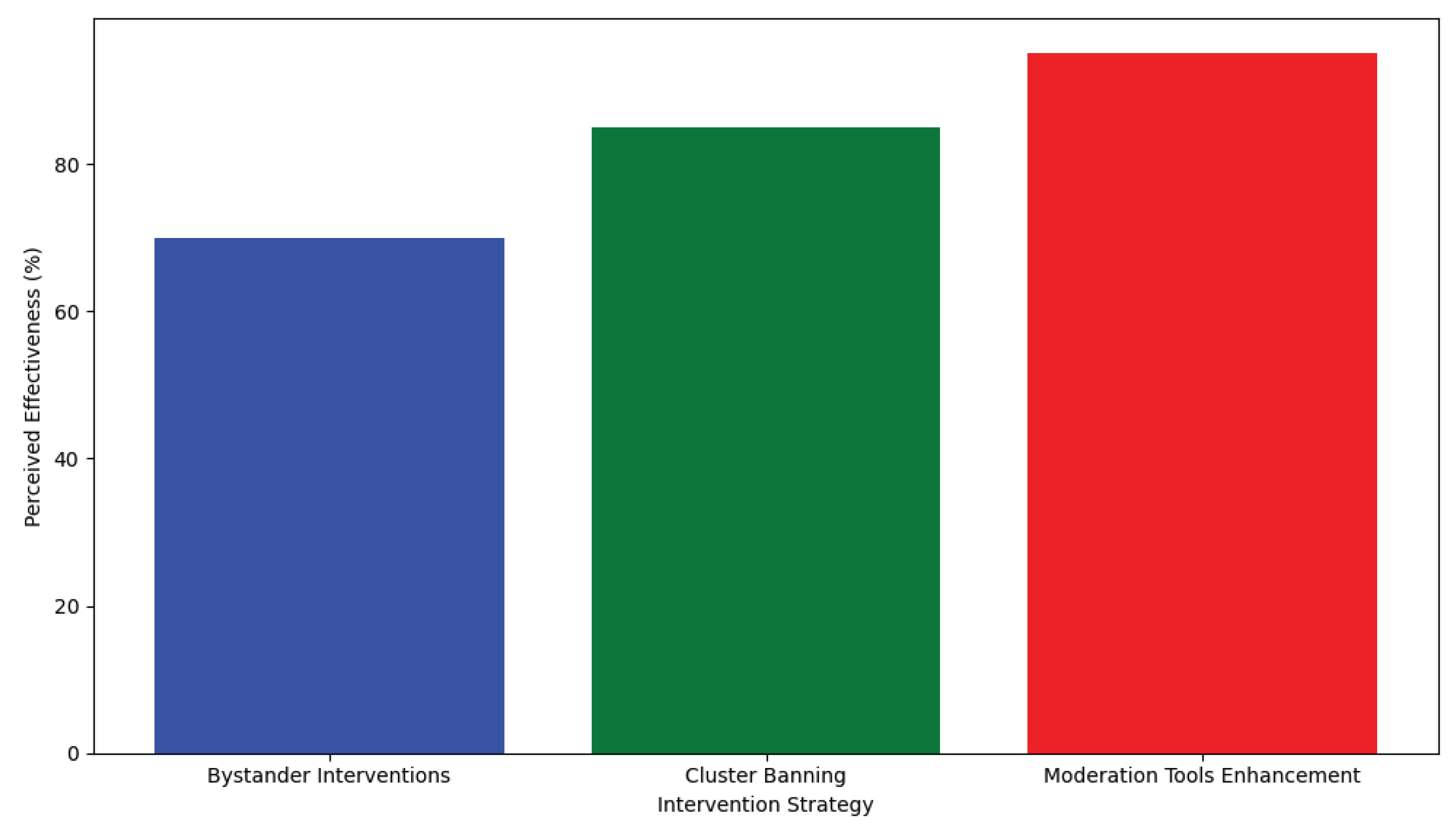
| Reference | Main Issue | Methodology | Key Findings |
|---|---|---|---|
| Valkenburg et al. [1] | Psychological impact of SNSs on adolescents | Survey | Feedback frequency and sentiment significantly affect youth self-esteem |
| Beran and Li [2] | Link between social media use and psychological adversity | Literature review | Compulsive use linked to decreased self-esteem, anxiety, and depression |
| Culpepper [9] | Social media habits and mental health among youth | Statistical analysis | Strong correlation between social media use duration and depressive symptoms |
| Malik et al. [10] | Social media-induced fatigue and academic performance | Survey and correlation analysis | Direct correlation found between social media fatigue and academic performance |
| Afful and Akrong [11] | WhatsApp usage and academic performance | Comparative study | Findings suggest a neutral to positive correlation with academic performance |
| Ferrara et al. [20] | Human–bot interactions on social platforms | Data mining | Bots amplify low-credibility content and divisive content |
| Zannettou et al. [27] | State-affiliated trolling | Content analysis | Trolls disrupt discourse through inflammatory tactics |
| Factor | Consideration in Study |
|---|---|
| User activity level prior to study | Yes |
| Demographic characteristics | Partially |
| Platform type | Yes |
| Historical incidences of harassment | No |
| Number of Attacks | Average Drop in Activity (%) |
|---|---|
| 1–2 | 5 |
| 3–5 | 15 |
| 6–10 | 25 |
| >10 | Data insufficient |
Disclaimer/Publisher’s Note: The statements, opinions and data contained in all publications are solely those of the individual author(s) and contributor(s) and not of MDPI and/or the editor(s). MDPI and/or the editor(s) disclaim responsibility for any injury to people or property resulting from any ideas, methods, instructions or products referred to in the content. |
© 2024 by the authors. Licensee MDPI, Basel, Switzerland. This article is an open access article distributed under the terms and conditions of the Creative Commons Attribution (CC BY) license (https://creativecommons.org/licenses/by/4.0/).
Share and Cite
Louati, A.; Louati, H.; Albanyan, A.; Lahyani, R.; Kariri, E.; Alabduljabbar, A. Harnessing Machine Learning to Unveil Emotional Responses to Hateful Content on Social Media. Computers 2024, 13, 114. https://doi.org/10.3390/computers13050114
Louati A, Louati H, Albanyan A, Lahyani R, Kariri E, Alabduljabbar A. Harnessing Machine Learning to Unveil Emotional Responses to Hateful Content on Social Media. Computers. 2024; 13(5):114. https://doi.org/10.3390/computers13050114
Chicago/Turabian StyleLouati, Ali, Hassen Louati, Abdullah Albanyan, Rahma Lahyani, Elham Kariri, and Abdulrahman Alabduljabbar. 2024. "Harnessing Machine Learning to Unveil Emotional Responses to Hateful Content on Social Media" Computers 13, no. 5: 114. https://doi.org/10.3390/computers13050114
APA StyleLouati, A., Louati, H., Albanyan, A., Lahyani, R., Kariri, E., & Alabduljabbar, A. (2024). Harnessing Machine Learning to Unveil Emotional Responses to Hateful Content on Social Media. Computers, 13(5), 114. https://doi.org/10.3390/computers13050114






